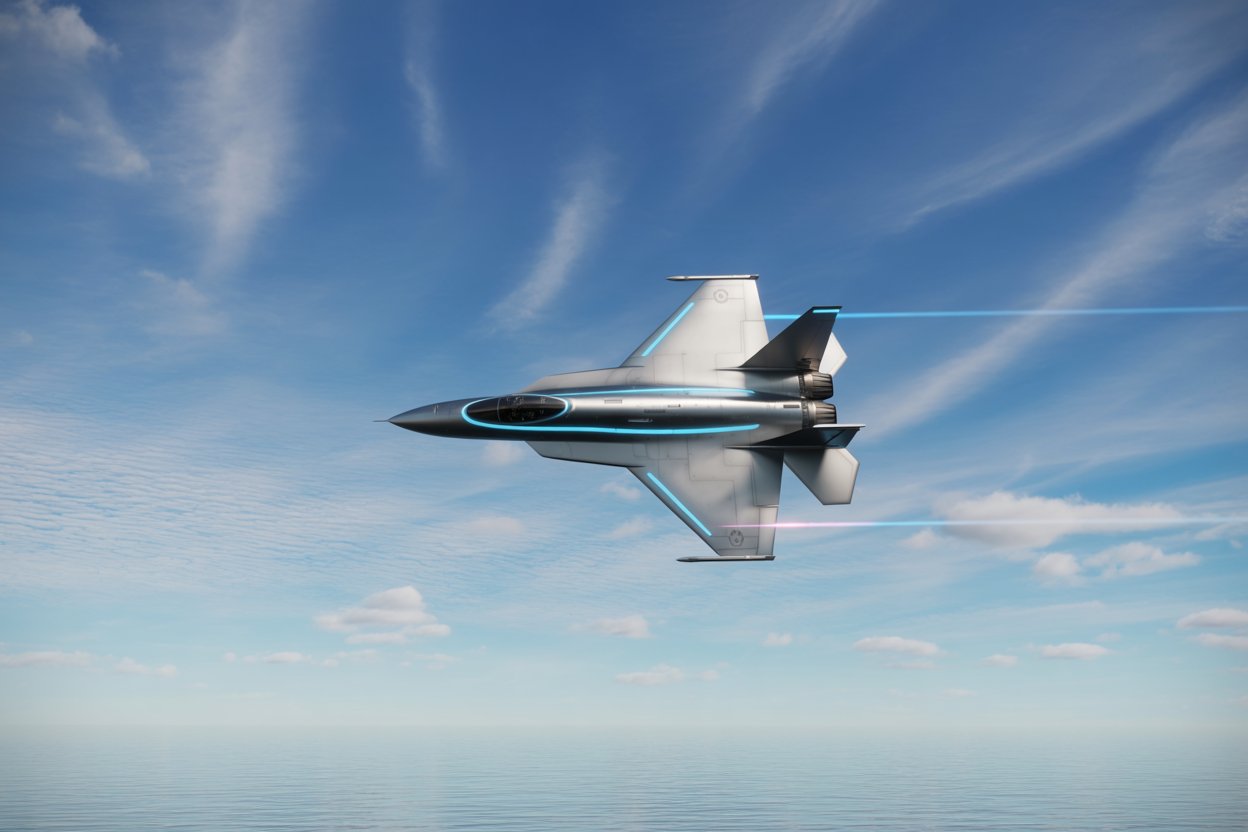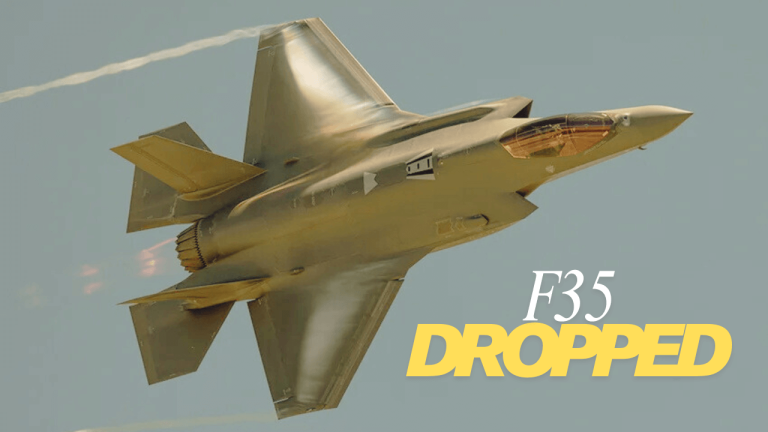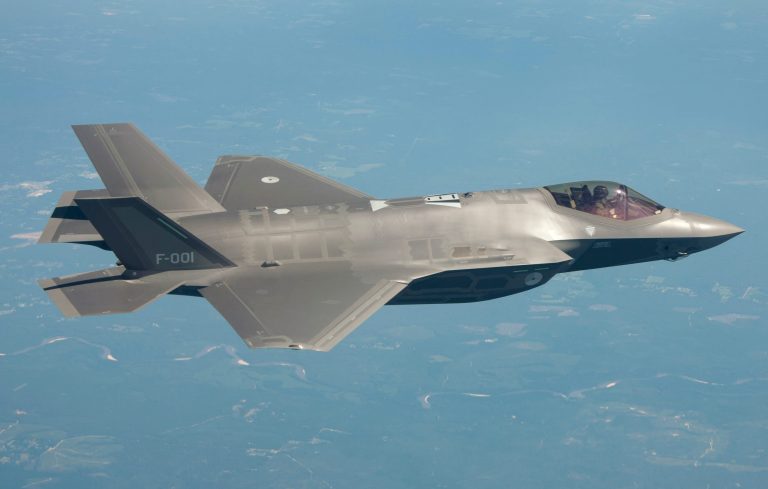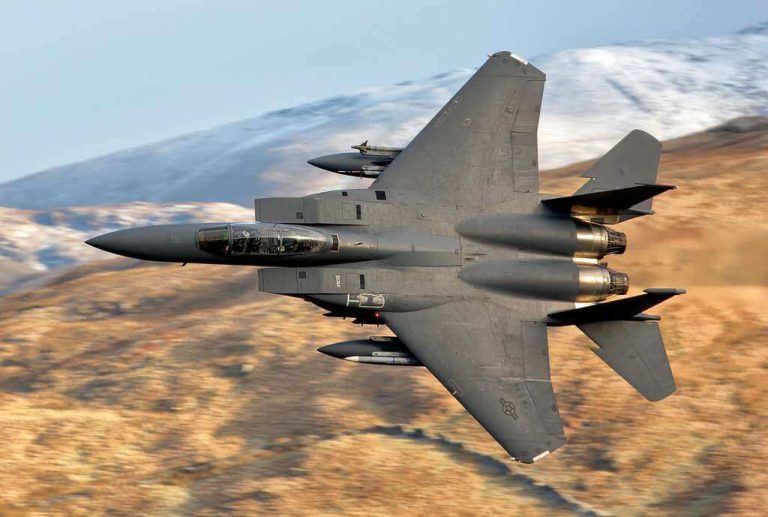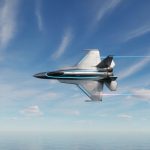Self-driving cars are already on the streets. Trains can run without drivers. Even drones can fly missions without human control. So the big question is: Why don’t we have fully autonomous fighter jets yet?
With all the progress in AI and automation, you’d think militaries would already be using pilotless fighter aircraft that can dogfight, bomb targets, and return home on their own. But despite massive investments by powerful countries like the United States, China, and Russia, this futuristic vision is still not reality.
Let’s explore why fully autonomous fighter aircraft remain so difficult to build, and what different nations are doing to make this next-gen military dream come true.
It’s Not as Easy as Flying Straight
Autonomous vehicles—like trains and cars—operate in mostly predictable environments. Trains follow tracks. Self-driving cars use lanes, signs, and GPS in well-mapped cities. Even commercial planes already use autopilot for cruising at high altitudes.
But fighter jets? That’s a whole different game.
Here’s why it’s much harder:
1. Extreme Speed and Agility
Fighter jets fly at supersonic speeds, make split-second turns, and operate in high-pressure combat zones. A single mistake in timing or positioning can be fatal.
2. Chaotic Combat Environments
Combat isn’t predictable. Fighters may face enemy aircraft, missiles, jamming signals, weather, and constantly shifting mission priorities. AI still struggles with this level of uncertainty.
3. Split-Second Judgment
Fighter pilots often rely on human instinct—quick decisions based on partial data. AI is improving, but it’s not yet trusted to make life-or-death decisions on its own, especially when civilians could be affected.
4. Ethical and Legal Issues
Can we really allow a machine to decide when to kill? What if an AI makes the wrong choice and targets the wrong person? Most countries—and international law—aren’t ready to give that kind of power to algorithms.
So Where Are We Now?
While fully autonomous fighters don’t exist yet, many countries are making progress with semi-autonomous or loyal wingman-type aircraft. These are drones that fly alongside manned jets, follow commands, and handle simple tasks—like surveillance, jamming, or even attacking.
🇺🇸 United States: Leading the Pack
The US has several cutting-edge programs:
- Skyborg (US Air Force): AI system to control unmanned combat drones.
- XQ-58 Valkyrie: A low-cost, AI-enabled drone that can fly with F-22 or F-35 fighters.
- DARPA Air Combat Evolution (ACE): Teaching AI to dogfight and make decisions in real-time.
Still, the US military says it will always keep a human “in the loop” for key actions like launching weapons or engaging in lethal combat.
🇨🇳 China: Silent but Fast
China is heavily investing in AI-driven drones and stealthy unmanned aircraft. Projects like the GJ-11 Sharp Swordand Dark Sword UCAV suggest that China is preparing for a future with AI-enabled strike aircraft. However, most of its progress is classified, and little is shared openly.
🇷🇺 Russia: Ambitious but Limited
Russia has shown off its S-70 Okhotnik-B (“Hunter-B”) stealth drone. It’s designed to operate alongside the Su-57 fighter jet and may eventually carry out autonomous strike missions. But Western analysts believe technical and funding challenges are slowing Russia’s progress.
🇬🇧 UK and Europe: Teamwork in the Skies
The UK is developing a program called “Tempest”, which includes AI and autonomous drone support for future fighter jets. Meanwhile, Europe is working on the Future Combat Air System (FCAS)—a multi-nation effort involving France, Germany, and Spain to combine manned and unmanned systems by 2040.
What Are the Key Challenges?
Even with all this effort, several major roadblocks remain:
⚙️ Technology Limits
AI needs massive computing power, ultra-fast decision-making, and real-time situational awareness. Sensors, data processing, and secure communications must all work together flawlessly at Mach speeds.
⚖️ Human Trust
Military leaders still don’t trust AI to make lethal choices without human confirmation. There’s a fear that an autonomous fighter could misread the battlefield or act unpredictably.
📜 Rules and Regulations
There’s no clear international agreement on how autonomous weapons should behave. Until legal and ethical standards are set, countries will be careful about deploying fully autonomous combat aircraft.
Will It Ever Happen?
Yes—eventually.
Most experts believe that in the next 10 to 20 years, we’ll see:
- AI copilots flying with human pilots in real combat.
- Autonomous support drones that scout, jam, or even carry weapons.
- Human-machine teaming where AI handles the data, and humans focus on strategy.
But a fully independent, decision-making combat jet—with no human control—will take much longer. And when it does arrive, it will likely face major pushback from the public, politicians, and global watchdogs.
Conclusion
While trains and cars can already run on autopilot, autonomous fighter jets are held back by the complex, dangerous, and unpredictable nature of air combat. AI still has a long way to go before it can replace a fighter pilot’s experience, instincts, and judgment.
Still, the race is on. Countries like the US, China, and Russia are developing smarter, faster, and more independent air systems every year. The skies of the future may not be empty—but they may be filled with machines flying alongside humans, slowly gaining more responsibility with every mission.
